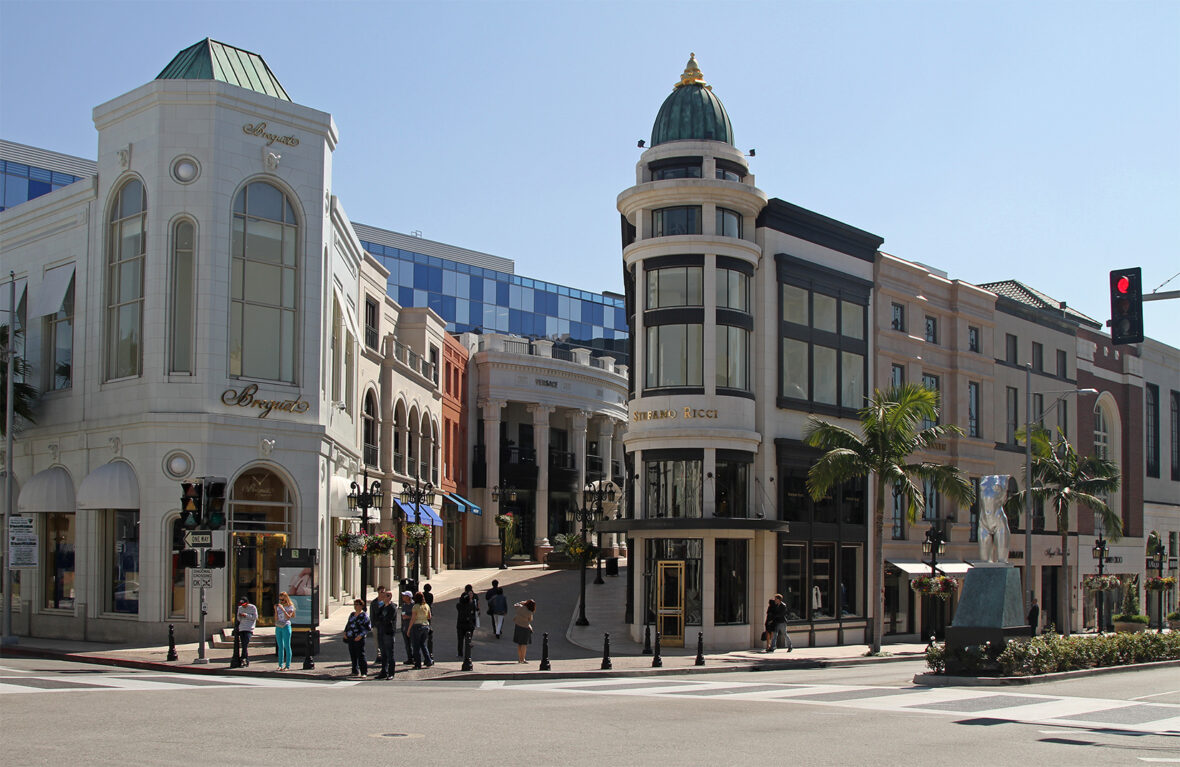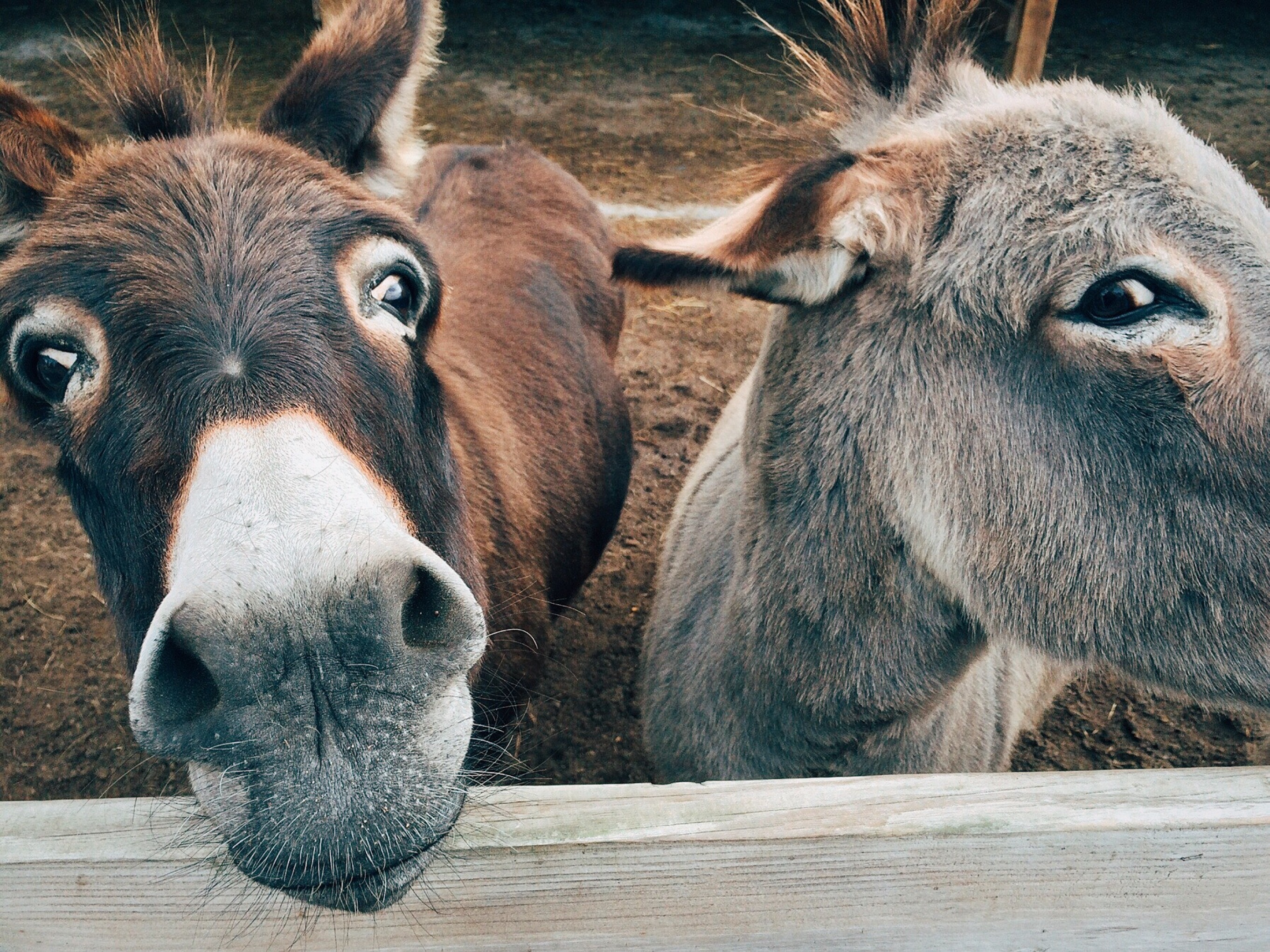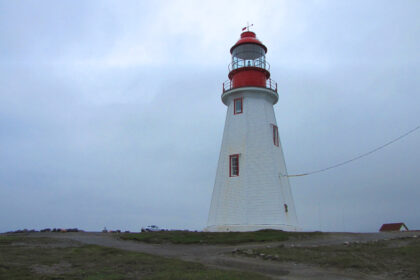Beverly Hills is a city in Los Angeles County, California. Take a look below for 25 incredible and fascinating facts about Beverly Hills, California, United States.
1. Located within 5.71 square miles (14.8 km2), and surrounded by the cities of Los Angeles and West Hollywood, it had a population of 34,109 at the 2010 census, and an estimated population of 33,792 in 2019.
2. The city is home to many celebrities, luxury hotels, and the Rodeo Drive shopping district.
3. Originally a Mexican ranch where lima beans were grown, Beverly Hills was incorporated in 1914 by a group of investors who had failed to find oil, but found water instead and eventually decided to develop it into a town.
4. The area was settled by Maria Rita Quinteros de Valdez and her husband in 1828.
5. They called their 4,500 acres (18 km2) of property the Rancho Rodeo de las Aguas.
6. In 1854, she sold the ranch to Benjamin Davis Wilson (1811–1878) and Henry Hancock (1822–1883).
7. By the 1880s, the ranch had been subdivided into parcels of 75 acres (0.30 km2) and was being rapidly bought up by Anglos from Los Angeles and the East coast.
8. Gaspar de Portolá arrived in the area that would later become Beverly Hills on August 3, 1769, traveling along native trails which followed the present-day route of Wilshire Boulevard. Henry Hammel and Andrew H. Denker acquired most of it and used it for farming lima beans.
9. At this point, the area was known as the Hammel and Denker Ranch. By 1888, they were planning to build a town called Morocco on their holdings.
10. In 1900, Burton E. Green, Charles A. Canfield, Max Whittier, Frank H. Buck, Henry E. Huntington, William G. Kerckhoff, William F. Herrin, W.S. Porter, and Frank H. Balch formed the Amalgamated Oil Company, bought the Hammel and Denker ranch, and began looking for oil.
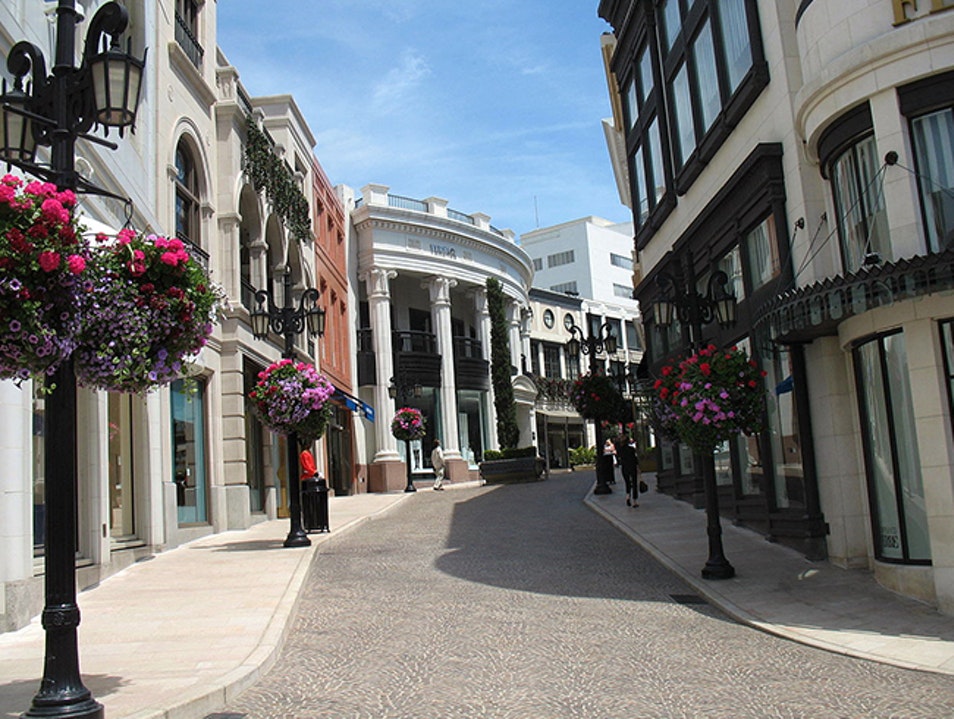
11. They did not find enough to exploit commercially by the standards of the time, though.
12. In 1906, therefore, they reorganized as the Rodeo Land and Water Company, renamed the property “Beverly Hills,” subdivided it, and began selling lots.
13. The development was named “Beverly Hills” after Beverly Farms in Beverly, Massachusetts (which itself is named after Beverley from beaver-lake, in East Yorkshire, England) and because of the hills in the area.
14. The first house in the subdivision was built in 1907, although sales remained slow.
15. Beverly Hills was one of many all-white planned communities started in the Los Angeles area around this time. Restrictive covenants prohibited non-whites from owning or renting property unless they were employed as servants by white residents.
16. It was also forbidden to sell or rent property to Jews in Beverly Hills.
17. Burton Green began construction on The Beverly Hills Hotel in 1911. The hotel was finished in 1912. The visitors drawn by the hotel were inclined to purchase land in Beverly Hills, and by 1914 the population had grown enough to qualify for incorporation as an independent city.
18. That same year, the Rodeo Land and Water Company decided to separate its water business from its real estate business. The Beverly Hills Utility Commission was split off from the land company and incorporated in September 1914, buying all of the utilities-related assets from the Rodeo Land and Water Company.
19. In 1919, Douglas Fairbanks and Mary Pickford bought land on Summit Drive and built a mansion, finished in 1921. and nicknamed “Pickfair” by the press. The glamour associated with Fairbanks and Pickford as well as other movie stars who built mansions in the city contributed to its growing appeal.
20. By the early 1920s, the population of Beverly Hills had grown enough to make the water supply a political issue. In 1923 the usual solution, annexation to the city of Los Angeles, was proposed.
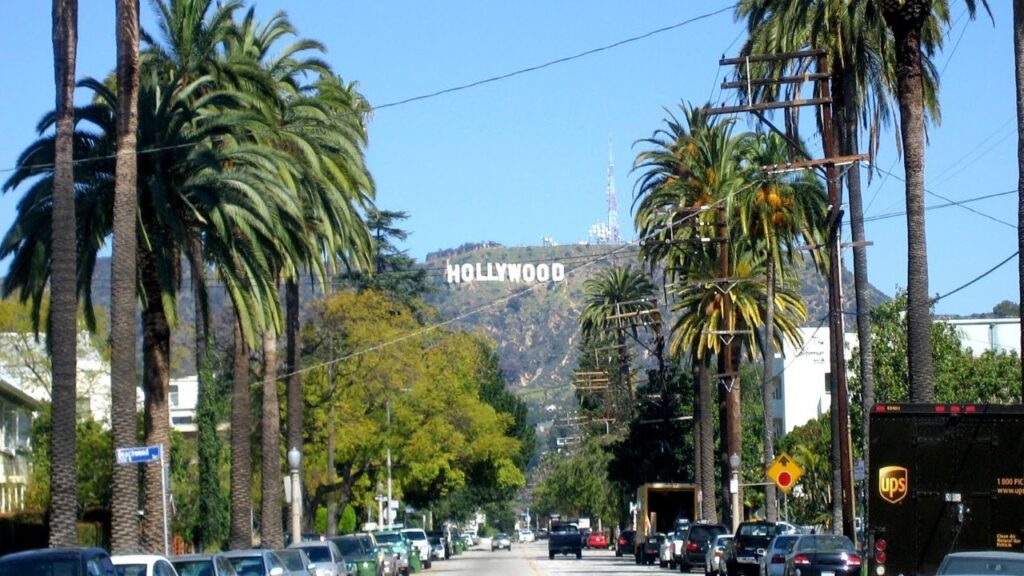
21. There was considerable opposition to annexation among such famous residents as Pickford, Fairbanks, Will Rogers and Rudolph Valentino. The Beverly Hills Utility Commission, opposed to annexation as well, managed to force the city into a special election and the plan was defeated 337 to 507.
22. In 1928, the Beverly Wilshire Apartment Hotel (now the Beverly Wilshire Hotel) opened on Wilshire Boulevard between El Camino and Rodeo drives, part of the old Beverly Hills Speedway. That same year oilman Edward L. Doheny finished construction of Greystone Mansion, a 55-room mansion meant as a wedding present for his son Edward L. Doheny, Jr. The house is now owned by the city of Beverly Hills and is a designated historical landmark.
23. In the early 1930s, Santa Monica Park was renamed Beverly Gardens and was extended to span the entire two-mile (3-kilometer) length of Santa Monica Boulevard through the city. The Electric Fountain marks the corner of Santa Monica Blvd. and Wilshire Blvd. with a small sculpture at the top of a Tongva kneeling in prayer. In April 1931, the new Italian Renaissance-style Beverly Hills City Hall was opened.
24. In the early 1940s, black actors and businessmen had begun to move into Beverly Hills, despite the covenants allowing only whites to live in the city. A neighborhood improvement association attempted to enforce the covenant in court. The defendants included prominent artists Hattie McDaniel, Louise Beavers, and Ethel Waters. Among the white residents supporting the lawsuit against blacks was Harold Lloyd, the silent film star.
25. The NAACP participated in the defense, which was successful. In his decision, federal judge Thurmond Clarke said that it was time that “members of the Negro race are accorded, without reservations or evasions, the full rights guaranteed to them under the 14th amendment.” The United States Supreme Court declared restrictive covenants unenforceable in 1948 in Shelley v. Kraemer. A group of Jewish residents of Beverly Hills filed an amicus brief in this case.

